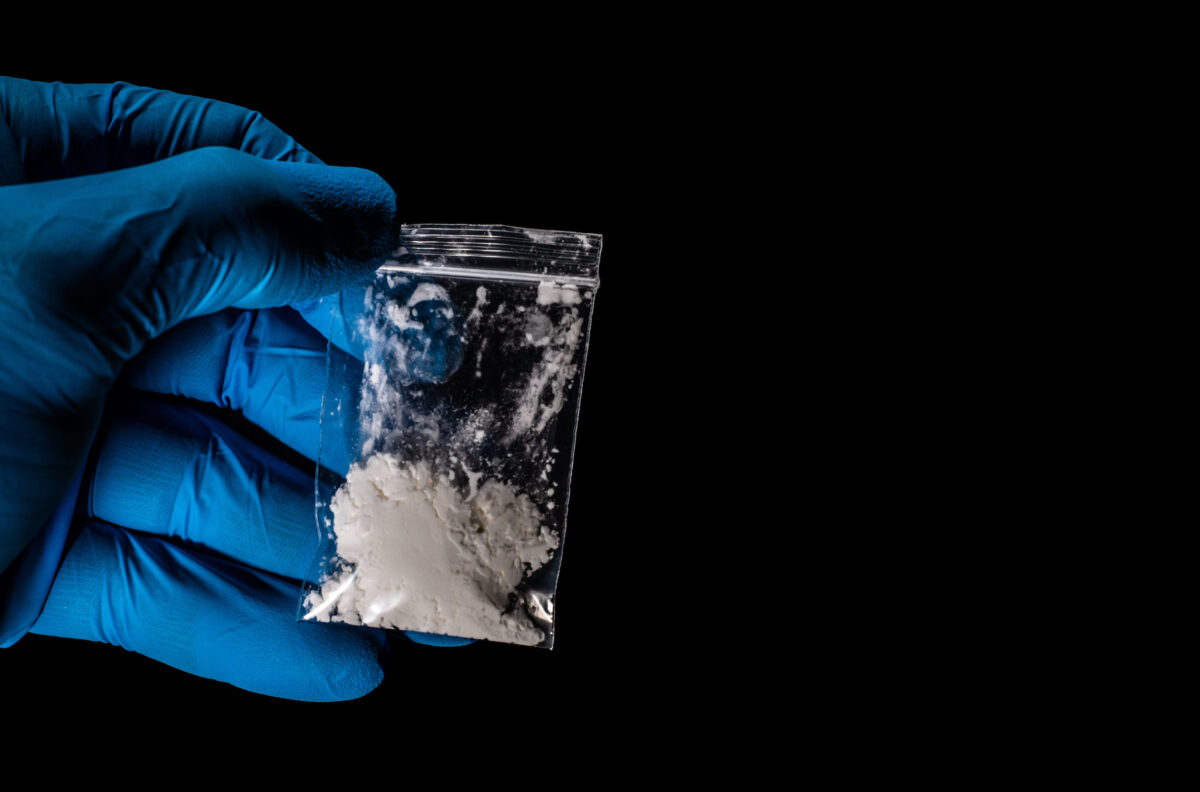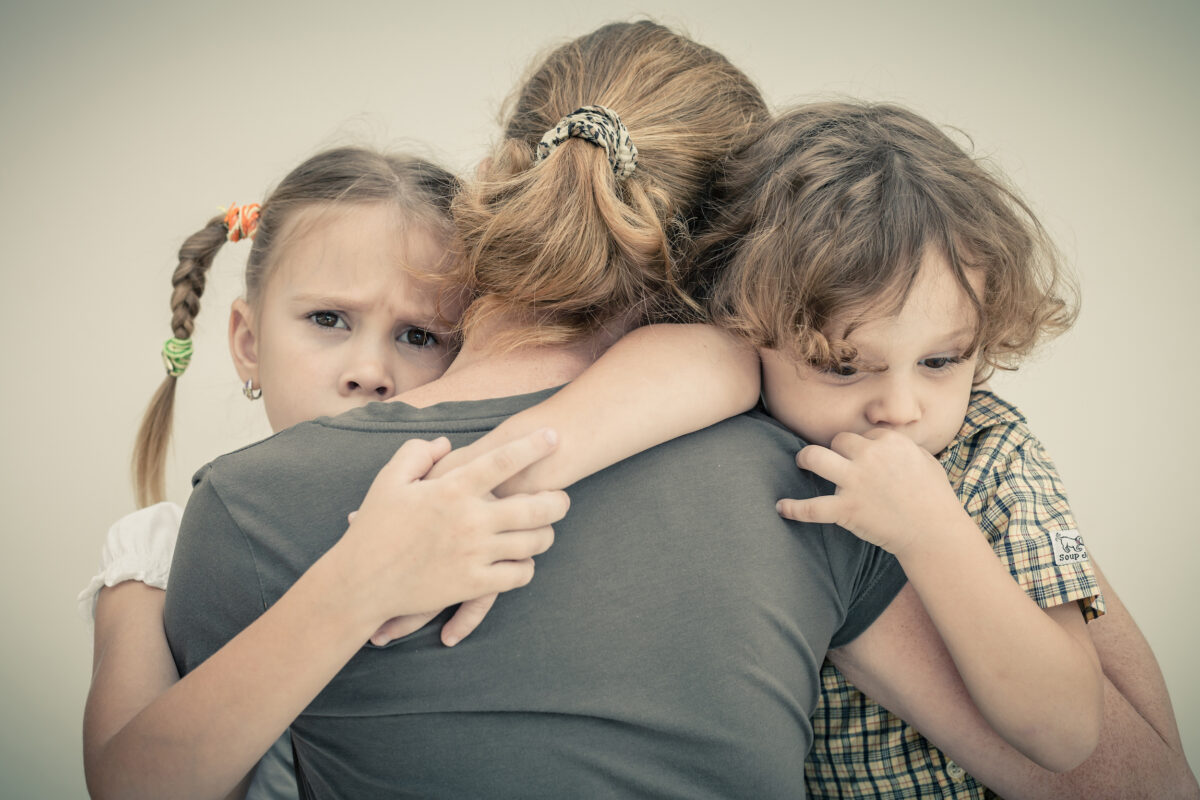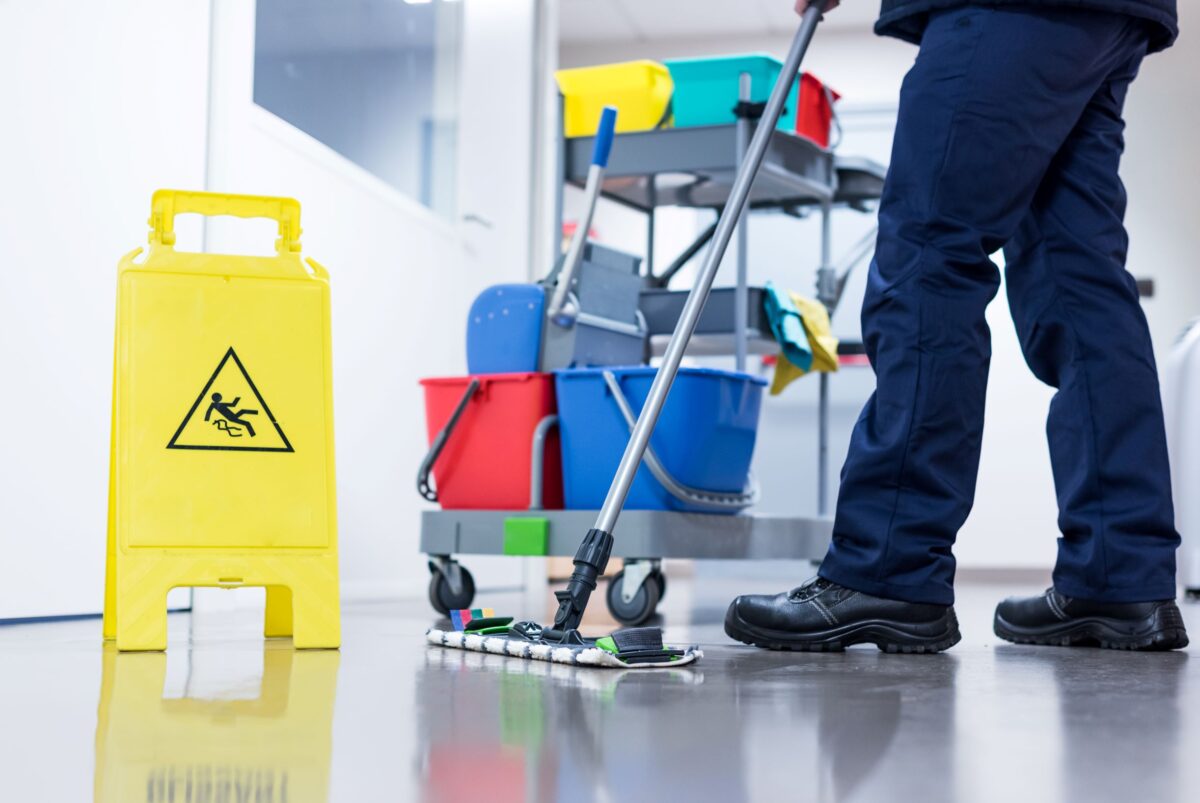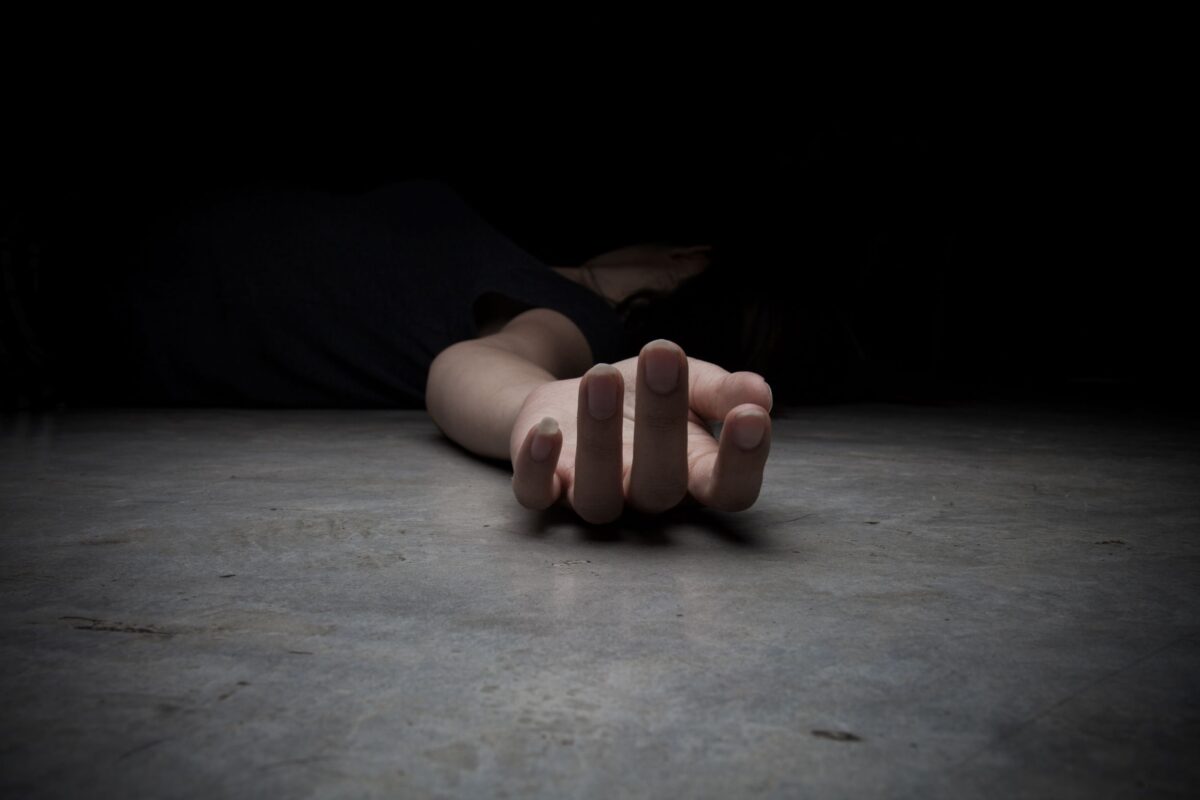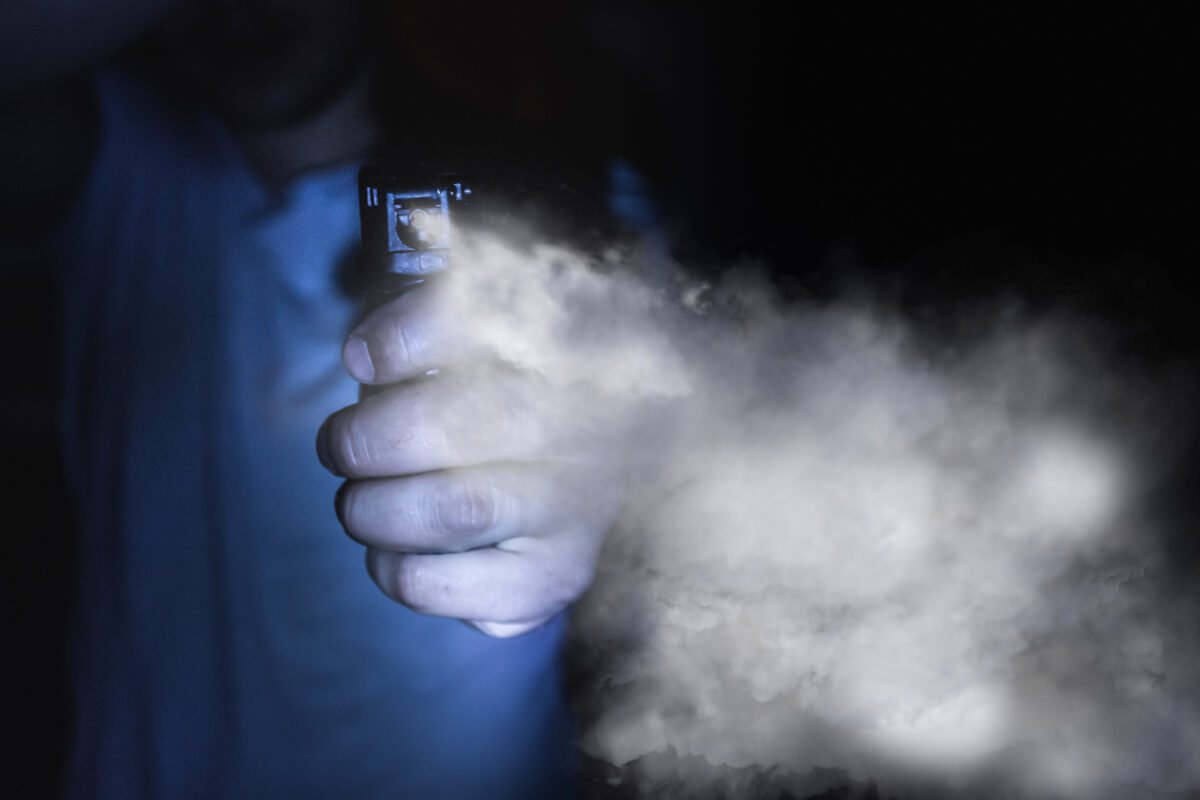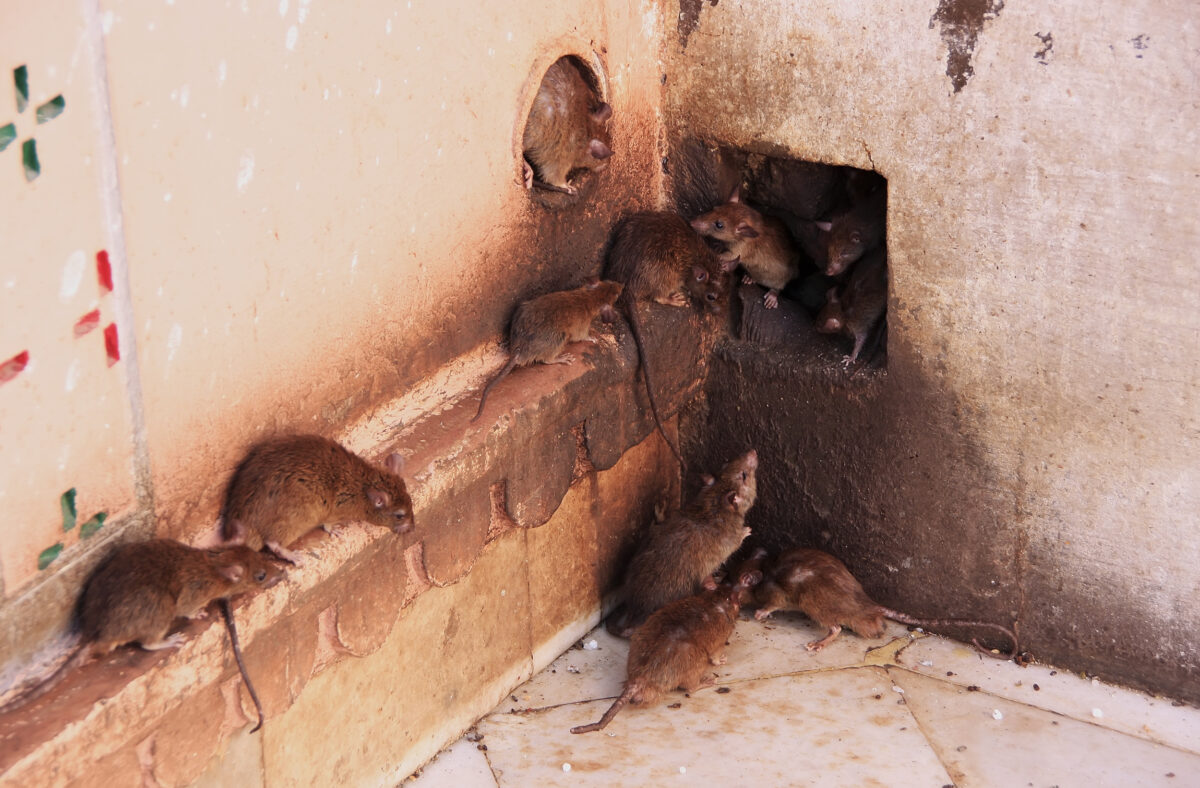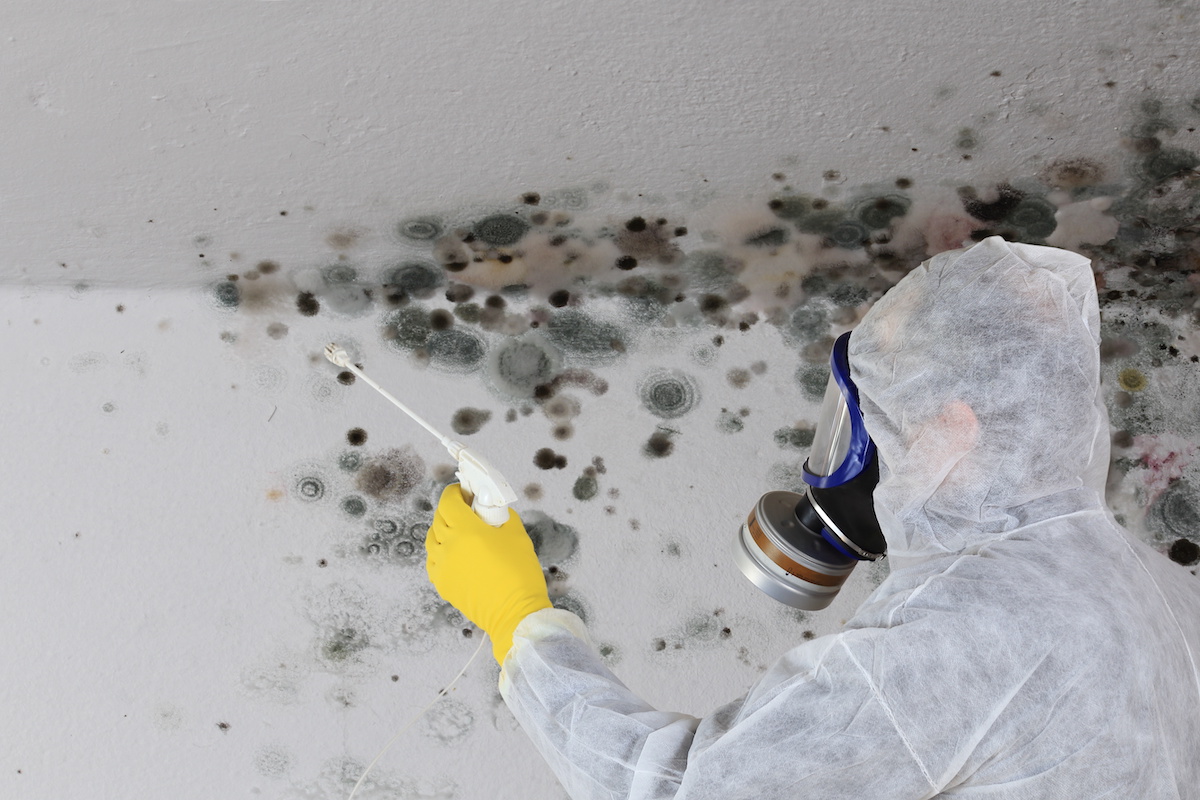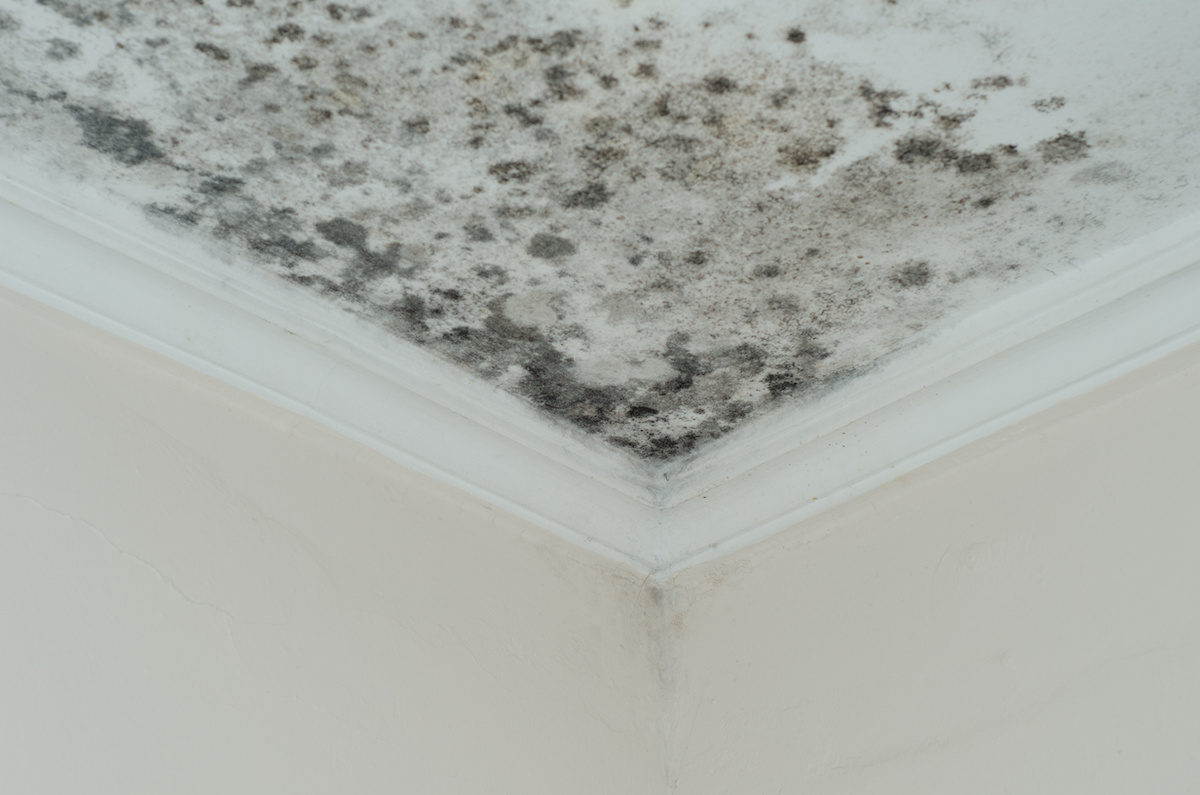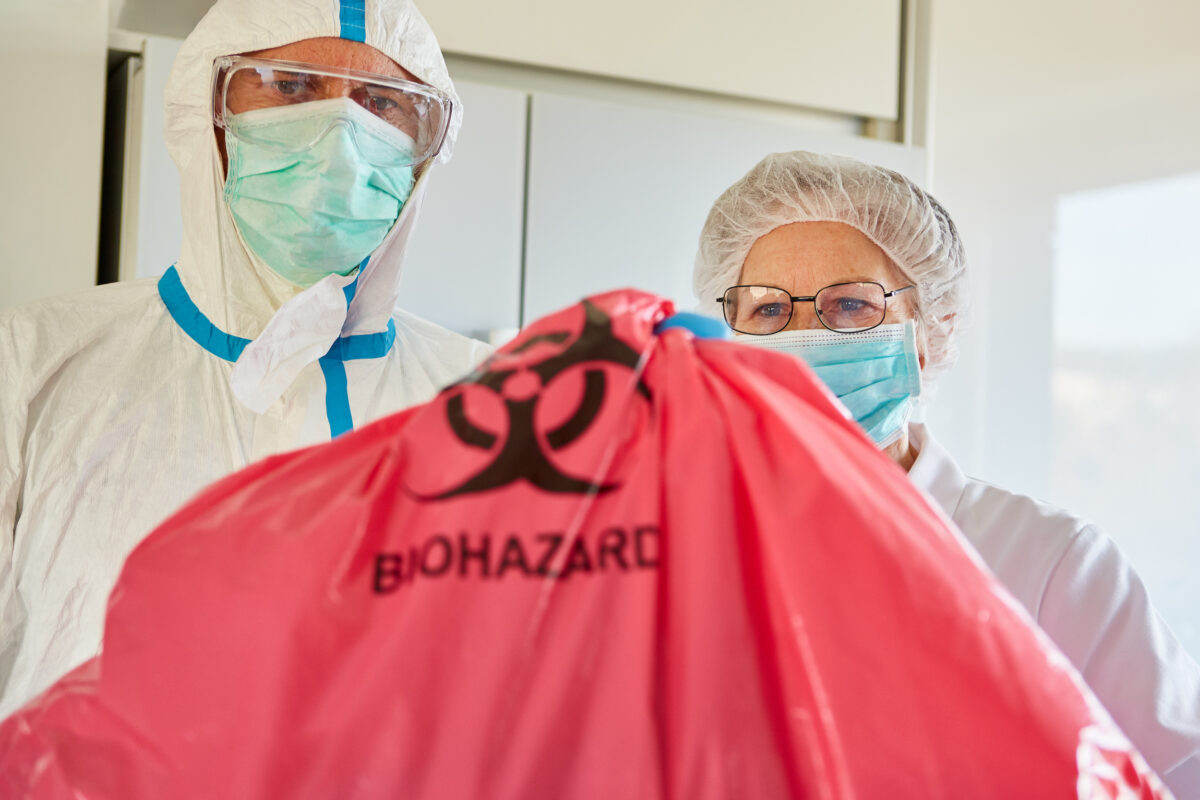Fentanyl use and overdose is on the rise everywhere, especially here in California. With this drug becoming an epidemic problem what can you do to take care of yourself and your employee? This time on the BIOClean Team blog – how to protect your employees and yourself from fentanyl exposure!
What is Fentanyl
Fentanyl is a potent synthetic opioid, at something like 80-100 times stronger than morphine. It was developed for pain management for cancer patients, usually through a patch on the skin. Because of this potency, it is added to heroin to increase its effect, but most users have no idea they’re taking something that has been mixed with fentanyl – which results in overdoses and deaths.
How is Fentanyl Used?
As mentioned, the illegal use of fentanyl is most commonly associated with heroin users not being aware of what they have bought. Following that, the most common vehicle of fentanyl use is through the typical heroin use methods.
How Fentanyl Affects the Body
Fentanyl affects the body in the same ways as other opioids. Produces effects like relaxation, euphoria, pain relief, dizziness, nausea, confusion, drowsiness, vomiting, respiratory distress and more.
You can find out more from the DEA Factsheet here.
So how do you protect your employees from exposure?
First responders are most likely to encounter running into fentanyl. Emergency medical services, law enforcement, and the like, but there is a chance that anyone could come across it. So how do you handle it? First, understand the signs and symptoms of a suspected overdose.
Signs & Symptoms of a Suspected Fentanyl Overdose
Fentanyl overdoses produce creates the same set of opioid overdose signs and symptoms.
- Slowed breathing and respiratory distress
- Lack of response to stimulation
- Constricted pupils
These symptoms can hit in 5 minutes or less so a response needs to happen quickly to help out the person affected.
Call California Poison Control System who can assist in the management of a suspected fentanyl overdose. Call them at 1-800-222-1222.
White Powder at the Scene
If you come upon a suspected overdose and see white powder at the scene, the state of the powder is crucial to understand the risks at play. If the white powder is undisturbed and on the ground or other surface, inhalation risk is unlikely, but if the particles are in the air, an N95 respirator is necessary.
Skin Transmission of Fentanyl
The way fentanyl is delivered in medical environments is through skin patches, so the concern for exposure to the skin is a reasonable one. Thankfully, it is highly unlikely to experience toxicity from skin contact with the drug as it is not found in specially designed dermal patches that are manufactured specifically to deliver the drug through absorption. To be extra safe and avoid any potential exposure, washing the area that came into contact with fentanyl with soap and water should keep things safe.
So – All of that Together, How to Protect Yourself and Your Employees From Fentanyl Exposure
So with all that said, here are the three biggest things you can do to protect yourself and your team from fentanyl exposure:
- Keep protective gear stocked and available such as gloves and masks
- Provide easy access to a handwashing station, again stocked and available with soap
- Provide training on
- Potential exposure routes for illicit fentanyl.
- How to recognize the signs and symptoms of opioid exposure.
- How to recognize potential illicit fentanyl contamination.
- Proper use of PPE
Thankfully, most businesses won’t have to deal with this – but there are some where the risk is increased dramatically over others. It still doesn’t hurt to have the proper training and tools to address it should it occur!

